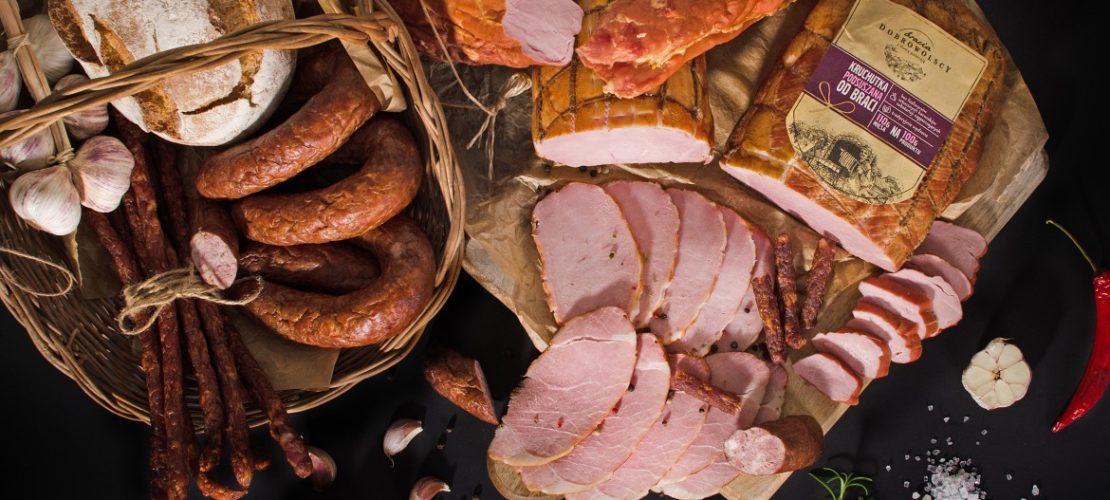
They look so appetizing in a store, but after a few days the ham is no longer so perfect. It loses its color and becomes slippery. In such a situation it is not edible anymore. How should we store sausages to enjoy their taste as long as possible? Their freshness is affected by the number of days spent in the fridge, the temperature at which their are stored, and the material in which we keep them.
Everybody likes fresh products, and nobody likes to throw them out when we keep them longer than expected. Using right methods of storing meats, we can save both money and food. The main thing is to prevent mold from appearing.
How to store meats in a fridge?
If you are not very keen on visiting the store everyday, you should remember that dried sausage, kabanos, salami or hams may stay in a fridge for a longer time than other meats. Meats in sausage casings should not be kept for longer than 3 days, and for synthetic it is only 2 days. The ham will last longer in one piece, but the sliced one should be eaten within 2 days. All meats should be stored between 2 and 7°C (35,6 and 44,6°F).
If you want your meat products to last longer in a fridge, you should choose the ones with a lower water content. Products with a higher water content are e.g. frankfurters, white sausage, pâté, brawn and black pudding.
What material should we use to store meats?
Imagine a story: You buy a beautiful, fresh meat, you come home, wrap it in cling film and after two days you look into the fridge and realize that your delicious meat is no longer edible and you have to throw it all out.
As you have probably guessed, the cling film is not the best choice as it negatively affect the freshness of the meat. It is better to choose the parchment paper.
Paper is the best choice for several reasons, but most importantly, it absorbs mold so that the bacteria and microbes will not grow on the surface of the meat. Aluminum foil should be rejected out of hand, because it is impermeable to air. It is also a good idea to store your meats in special containers with access to fresh air.
How to know if the meat is stale?
We should analyze its color, taste and smell. If they are alarming, i.e. the smell is unpleasant or sour, we can feel ammonia or smells associated with putrefaction, we see a change in the texture or spots on the surface and we can feel a slippery coating on the product, we should not eat it.
Consumption of such products can lead to food poisoning. To avoid stomach problems, you should not buy products of unknown origin. It is rather recommended to store meat in conditions described above and not to eat it after expiration date.
If you want to be sure that products are fresh, you should check their smell, color and texture and remember to store them properly once you bring them home.









